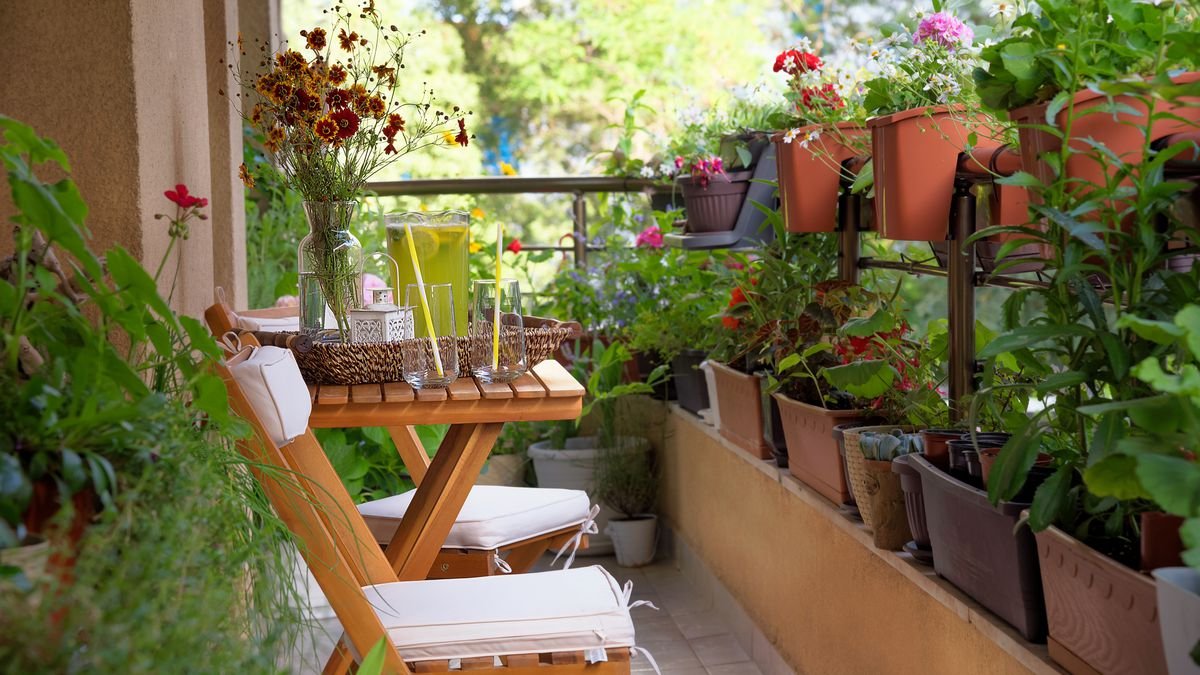Urban Gardening: The Stunning Transformation of a Concrete Jungle into 100% Green Paradise
Welcome to the world of urban gardening, where concrete jungles are transformed into green oases! Imagine a bustling cityscape, where skyscrapers reach the sky, and in the hustle and bustle, pockets of greenery 🌱 are thriving in unexpected places. Rooftops adorned with vibrant flowers, balconies bursting with fresh herbs, and abandoned spaces transformed into thriving community gardens. Urban gardening 🌳🌻🍁 is a delightful combination of nature and city life, where everyday people cultivate a sustainable and vibrant urban ecosystem.
Urban gardening isn’t just about growing plants; It is a movement, a way of life that nurtures the mind, body and spirit. It is a creative expression of turning barren spaces into blooming havens where plants provide food, beauty and connection to the natural world.
Amid the concrete jungle, urban gardening is a reminder of our inherent connection to the land and the cycle of life. It is an opportunity to witness the miracle of a seed that sprouts from a seedling and then grows into a bountiful plant that nourishes us both physically and spiritually. It’s a sanctuary for pollinators, butterflies flutter between flowers and bees buzz with purpose. It’s a source of inspiration, climbing walls in vertical gardens such as living artwork and innovative aquaponic systems where fish and vegetables are in perfect harmony.
So, grab your trowel, put on your gardening gloves and join the vibrant world of urban gardening, where the possibilities are as endless as the horizon of a city skyline. Let’s sow the seeds of change and watch our urban landscapes bloom with life!
What is the Urban Gardening Meaning?
Urban gardening refers to growing plants including vegetables, fruits, flowers and herbs in urban or densely populated areas such as cities or towns. It involves the cultivation of plants in various spaces such as rooftops, balconies, terraces, community gardens and even abandoned or unused spaces within an urban environment. Individuals, communities, or organizations can do urban gardening, which can take many forms, including container gardening, vertical gardening, hydroponics, and aquaponics.
Urban gardening has gained popularity for a variety of reasons, including the growing interest in sustainable living, the desire for access to fresh and healthy food in urban areas, the need for green space in cities, and environmental and community well—being.
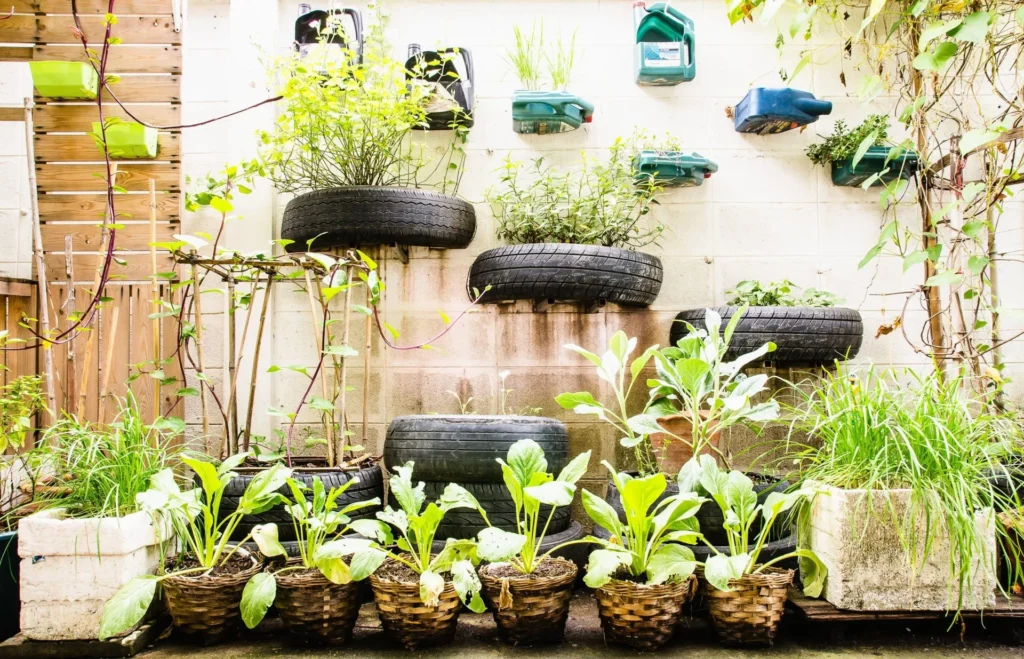
Benefits of Urban Gardening:
- Access to fresh and healthy food in urban areas.
- Improved air quality and lower carbon footprint.
- Promotion of biodiversity and conservation of green space.
- Improved community engagement and social interaction.
- Contributing to food security and resilience in urban areas.
- Opportunities for sustainable and self-sufficient urban living.
- Beautification and greening of urban environment.
- Teaching and learning opportunities about food production and environmental stewardship.
- Gardening and being close to nature promotes health and well-being.
- Potential for economic opportunities, such as local food sales and entrepreneurship.
How does Urban Gardening Impact the Environment:
Urban gardening can have positive impacts on the environment in the following ways:
Greening and Beautification of Urban Spaces:
Urban gardens can transform empty or neglected spaces into vibrant green areas, contributing to the overall aesthetics and visual appeal of the urban environment.

Biodiversity Promotion:
Urban gardens can provide habitat and food sources for pollinators, birds and other wildlife, contributing to urban biodiversity conservation efforts.
Air Quality Improvement:
Urban gardens can help filter and purify the air by absorbing pollutants and releasing oxygen, thereby improving local air quality and reducing the urban heat island effect.
Carbon Footprint Reduction:
Urban gardening can contribute to reducing the carbon footprint associated with food production and transportation by promoting local food production and reducing food miles.
Stormwater Management:
Urban gardens can help reduce stormwater runoff by absorbing rainwater and reducing pressure on urban drainage systems. Thus reducing the risk of flooding and improving water quality.
Waste Reduction:
Urban gardens can use organic waste materials. This includes composting food scraps and yard waste, reducing the amount of waste going to landfills, and promoting circular economy practices.
Conservation of Recourses:
Urban gardens often employ sustainable practices such as rainwater harvesting, composting and organic gardening practices, reducing the use of water, energy and artificial inputs.
Education and Awareness:
Urban gardens can serve as educational platforms to raise awareness among city dwellers about the importance of environmental conservation, sustainable food production and healthy eating habits.
Social and Community Benefits:
Urban garden can foster social cohesion, community involvement and local empowerment, creating spaces for social interaction, learning and shared experiences among diverse urban residents.
Food Security and Resilience:
Urban gardens can contribute to local food security and resilience by providing a source of fresh and healthy produce in urban areas, particularly food deserts or underserved communities.
Read More: Top 5 Reasons Why is Bonsai so Expensive?
Tips for Starting an Urban Garden
Here are some tips for starting an urban garden in short points:
Assess your Space:
Determine the available space in your urban environment, whether it’s a rooftop, balcony, backyard, or community plot, and consider factors such as sunlight exposure, water access, and size limitations.
Choose Suitable Plants:
Select plants appropriate for your specific urban gardening space and local climate. Consider factors such as sunlight requirements, space limitations, and your gardening experience and preferences.
Plan your Layout:
Sketch a layout plan for your urban garden, considering the placement of plants, containers and other garden elements. Optimize space by using vertical gardening techniques, hanging baskets, or raised beds.
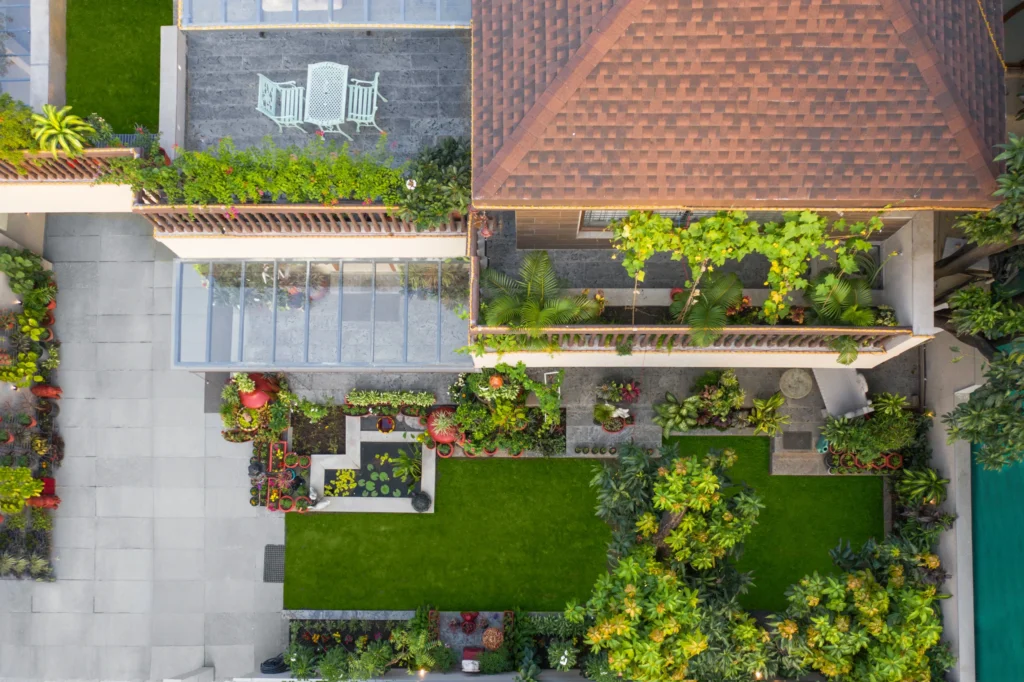
Use Quality Soil and Compost:
Invest in good quality soil and compost to provide your plants with the nutrients they need and promote healthy growth. Consider using organic and locally-sourced options for a more sustainable approach.
Water Wisely:
Be aware of water usage and consider installing efficient irrigation channels, such as drip irrigation or self-watering containers, to conserve water and reduce waste.
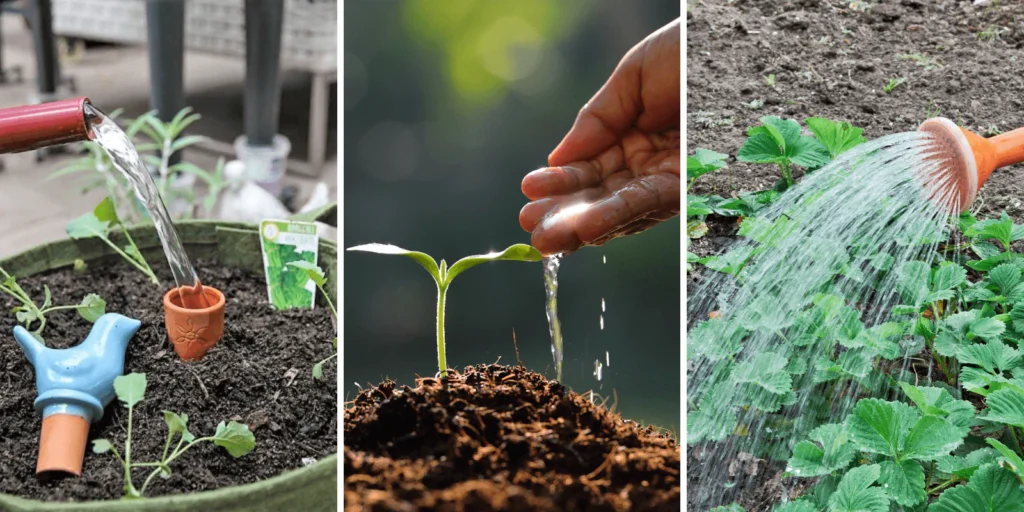
Start Small and Experiment:
If you’re new to gardening, start small and test a few plants or containers first to gain experience and learn what works best for your urban garden.
Practice Pest and Disease Management:
Be proactive in pest and disease management in your urban garden. Consider natural or organic methods, such as companion planting or the use of insect repellent plants, to reduce the use of chemical pesticides.
Practice Sustainability:
Embrace sustainable gardening practices, such as composting, recycling and reducing waste. Consider reusing or upcycling materials for containers or garden structures.
Engage with the Community:
Connect with fellow urban gardeners, attend community gardening events, and share tips and resources. Urban gardening can be a social and community-building activity.
Learn from Experience:
Gardening is a continuous learning process, so be open to learning from your own experiences and adapt your approach as needed. Be brave and try new things and learn from both successes and challenges.
Starting an urban garden can be a rewarding and fulfilling endeavor. With proper planning, care, and creativity, you can cultivate a thriving urban garden that brings joy, beauty, and sustainability to your urban environment. Happy gardening!
Top 5 Urban Gardening Ideas:
Looking to bring nature into your urban environment? Here are 5 creative urban gardening ideas to transform your space into a green oasis, from vertical gardens to community plots and more. Let’s explore innovative ways to cultivate nature in the midst of the urban hustle and bustle!
Looking to bring nature into your urban environment? Here are 5 creative urban garden ideas to transform your space into a green oasis, from vertical gardens to community plots and more. Let’s explore innovative ways to cultivate nature in the midst of urban hustle and bustle
Vertical Garden:
Vertical gardening is an excellent option for small urban spaces with limited floor area. You can create a living green wall by attaching planters or pots to a trellis or wall, or using special vertical garden systems. It can add a stunning and functional green feature to your urban environment, be it a balcony, patio or even an interior wall.
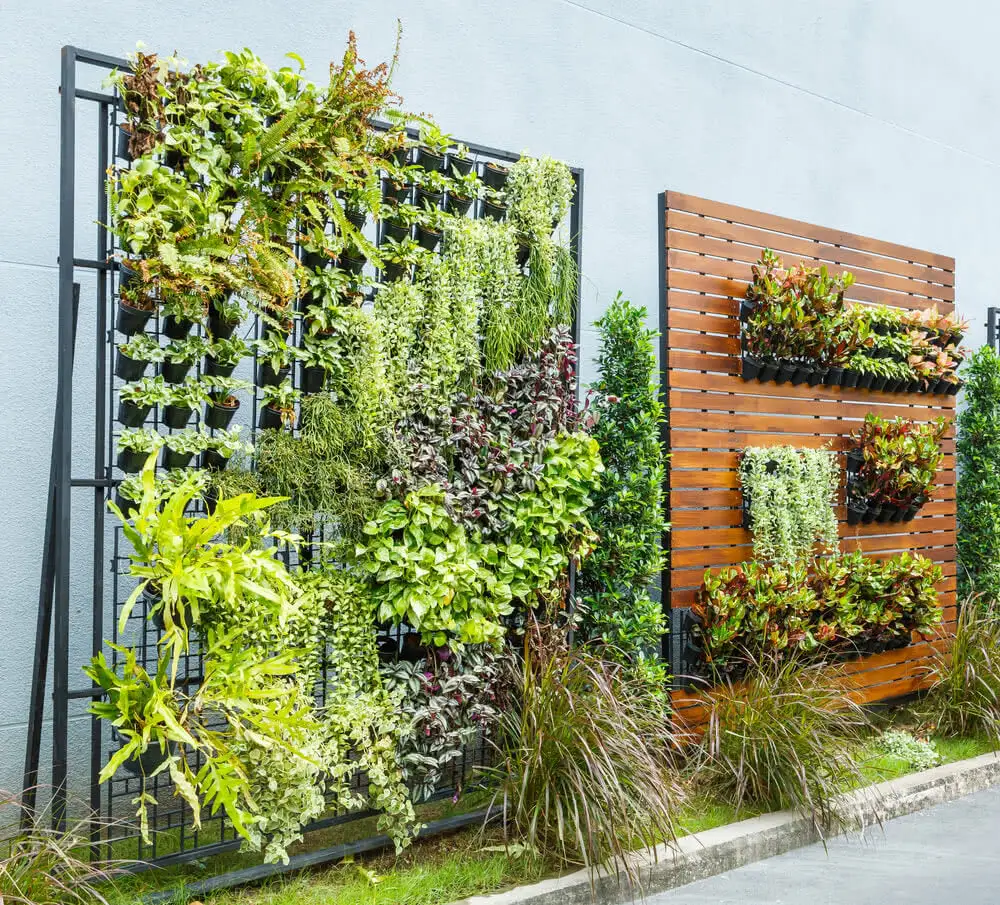
Rooftop Garden:
Rooftop gardens are a fantastic way to utilize unused roof space in urban areas. You can transform a flat rooftop into a lush garden with a variety of plants including flowers, herbs, vegetables and even small trees. Rooftop gardens provide a beautiful green oasis amidst the concrete jungle and help with stormwater management, insulation and reducing the urban heat island effect.
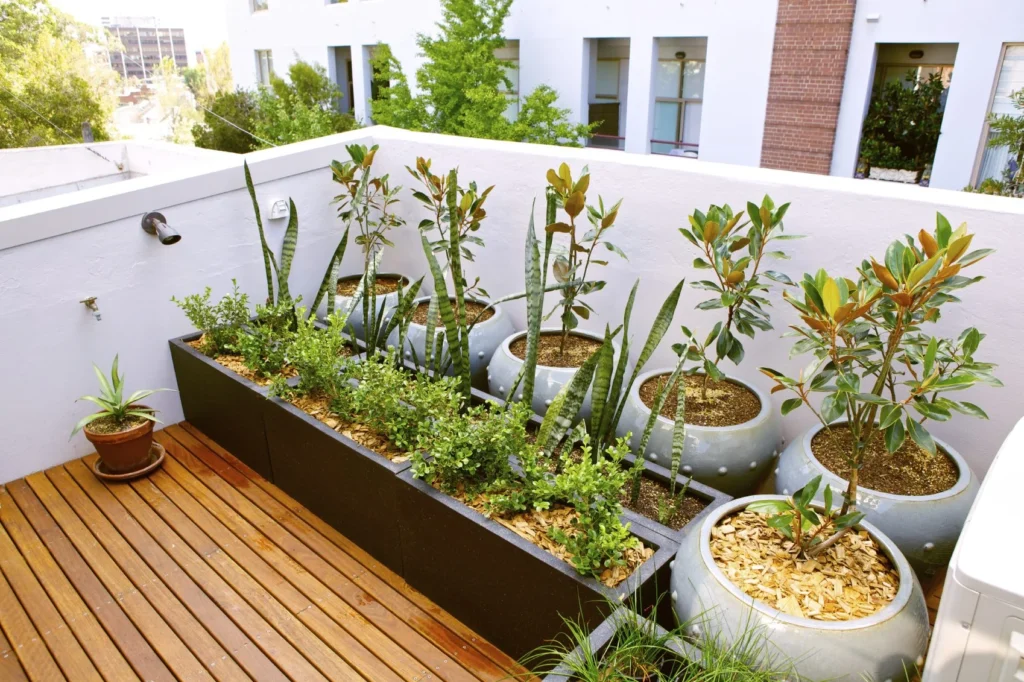
Container Gardening:
Container gardening is a versatile and space-efficient option for urban gardening. You can also use various containers, such as pots, planters, window boxes or hanging baskets, to grow sprawling plants in your urban space. Container gardening allows for flexibility in plant placement and can easily be moved around to optimize sunlight exposure and space use.
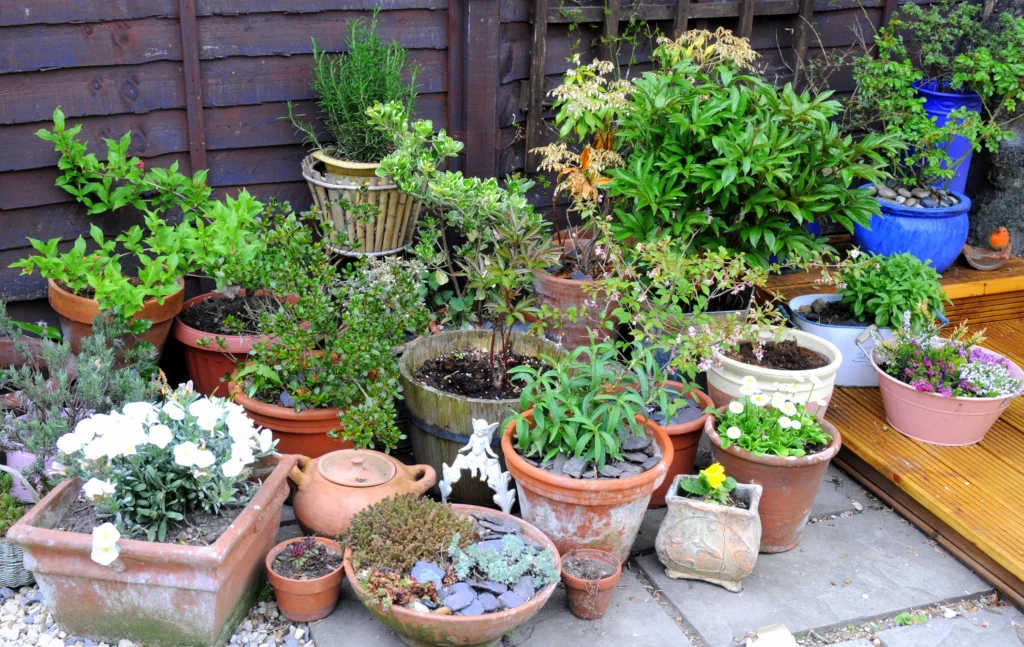
Community Garden:
Community gardens are collaborative spaces where individuals come together to grow plants and share resources, knowledge, and skills. They can be established in vacant lots, shared plots or even rooftops and provide a sense of community, social interaction and shared responsibility for urban greening. Community gardens are a great way to connect with fellow urban gardeners, learn from each other, and contribute to the overall well-being of the community.

Edible Landscaping:
Edible landscaping combines the beauty of ornamental plants with the functionality of growing edible plants. You can include edible plants such as fruit trees, berry bushes and edible flowers in your urban garden to create a visually appealing and productive garden. Edible landscaping can be a sustainable and practical way to grow your own food in urban areas while providing a habitat for pollinators and enhancing the aesthetics of your surroundings.
These are just a few urban garden ideas to get you started. Consider your available space, sunlight exposure and local climate when planning your urban garden. With some creativity and experimentation, you can create a thriving and sustainable urban garden that adds beauty, freshness and sustainability to your urban environment.
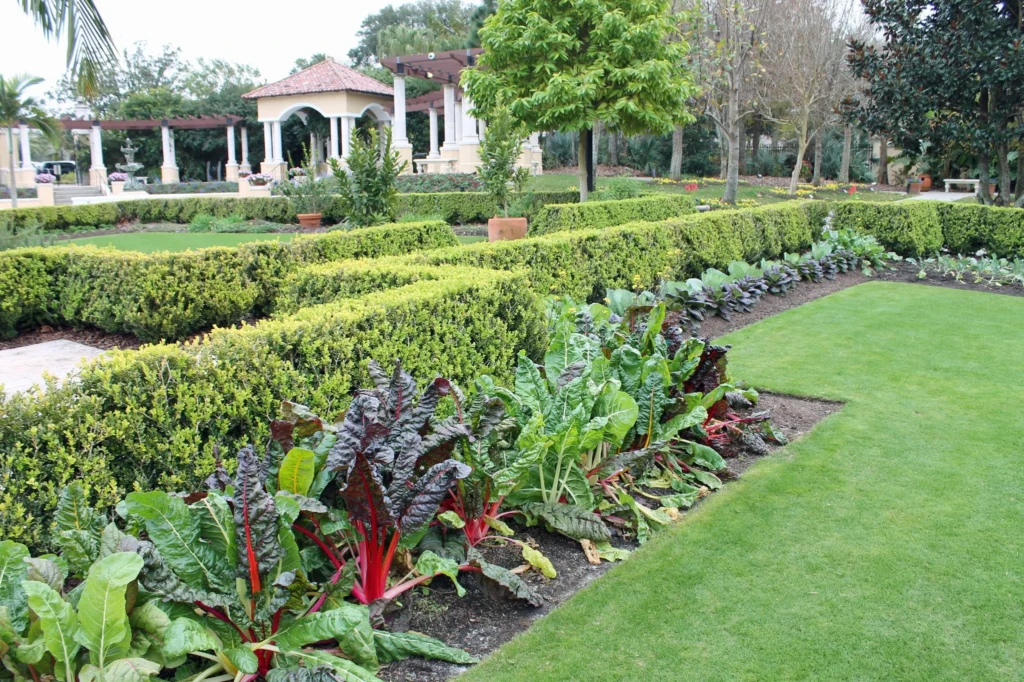
Conclusion:
In conclusion, urban gardening is a powerful movement that has the potential to transform our cities into sustainable, vibrant and resilient places. It goes beyond just growing plants; It encompasses a wide range of benefits including improved access to fresh food, increased biodiversity, reduced carbon footprint, improved air and water quality, social engagement and community empowerment.
Urban gardening is a celebration of nature in the midst of urban life, a creative expression of our connection to the land, and a statement of sustainability and environmental responsibility. By nurturing plants in our urban spaces, we can cultivate food for our cities and communities and a greener, healthier and more sustainable eco-friendly future. Let’s embrace the power of urban gardening and continue to sow the seeds of positive change in our urban landscape.
Latest Post

